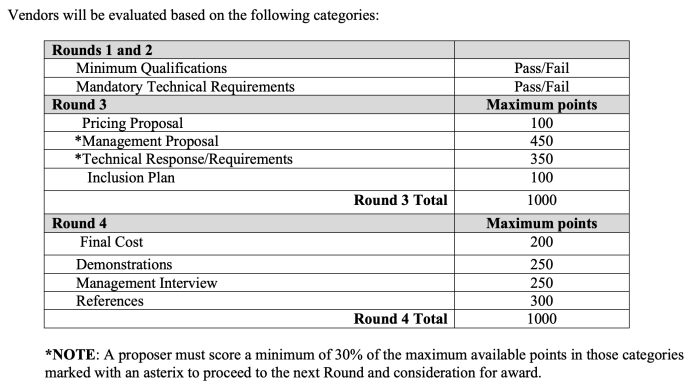Evaluative criteria for brands within the consideration set are both crucial factors that influence brand positioning and consumer decision-making. This article delves into the intricacies of evaluative criteria, exploring their impact on brand differentiation, customer perceptions, and the evolution of marketing strategies.
Understanding the key criteria consumers use to assess brands empowers businesses to tailor their offerings and messaging to meet specific customer needs. By analyzing the importance and weighting of criteria, marketers can optimize their strategies to enhance brand competitiveness and drive consumer loyalty.
Market Positioning and Brand Perception

Evaluative criteria play a crucial role in shaping brand positioning within the consideration set. By understanding the criteria that consumers use to evaluate brands, companies can tailor their marketing strategies to differentiate themselves from competitors and create a strong brand image.
For instance, Apple consistently emphasizes innovation and design in its products, while Samsung focuses on technological advancements and versatility. These distinct criteria create unique brand positions and influence consumer perceptions.
Criteria Importance and Weighting
The importance and weighting of evaluative criteria vary across different consumer segments. For example, price may be a more important criterion for budget-conscious consumers, while quality may be more important for consumers seeking premium products. Market research techniques such as surveys, focus groups, and conjoint analysis can be used to determine the relative importance of different criteria for specific consumer segments.
Criteria Measurement and Assessment, Evaluative criteria for brands within the consideration set are both
Measuring and assessing brand performance against evaluative criteria is crucial for managing brand equity. Various methods can be used, including customer surveys, market research studies, and social media analytics. Subjective criteria and perceptions can be challenging to measure, but qualitative research techniques such as in-depth interviews and focus groups can provide valuable insights.
Brands often track key performance indicators (KPIs) related to evaluative criteria to monitor their progress and identify areas for improvement.
Criteria Evolution and Adaptation
Evaluative criteria evolve over time due to changing consumer needs and preferences. Market research and consumer insights help identify emerging criteria. For example, sustainability has become an increasingly important criterion for many consumers, leading brands to focus on eco-friendly practices and products.
By adapting their strategies to meet changing evaluative criteria, brands can maintain relevance and competitiveness in the market.
FAQ Section: Evaluative Criteria For Brands Within The Consideration Set Are Both
What are the key evaluative criteria considered by consumers?
Key evaluative criteria include product quality, price, brand reputation, customer service, and value for money.
How can brands differentiate themselves based on evaluative criteria?
Brands can differentiate themselves by emphasizing specific criteria, such as offering superior quality, providing exceptional customer service, or establishing a strong brand reputation.
How do customer perceptions influence evaluative criteria?
Customer perceptions shape evaluative criteria by influencing the importance and weighting consumers assign to different attributes.

